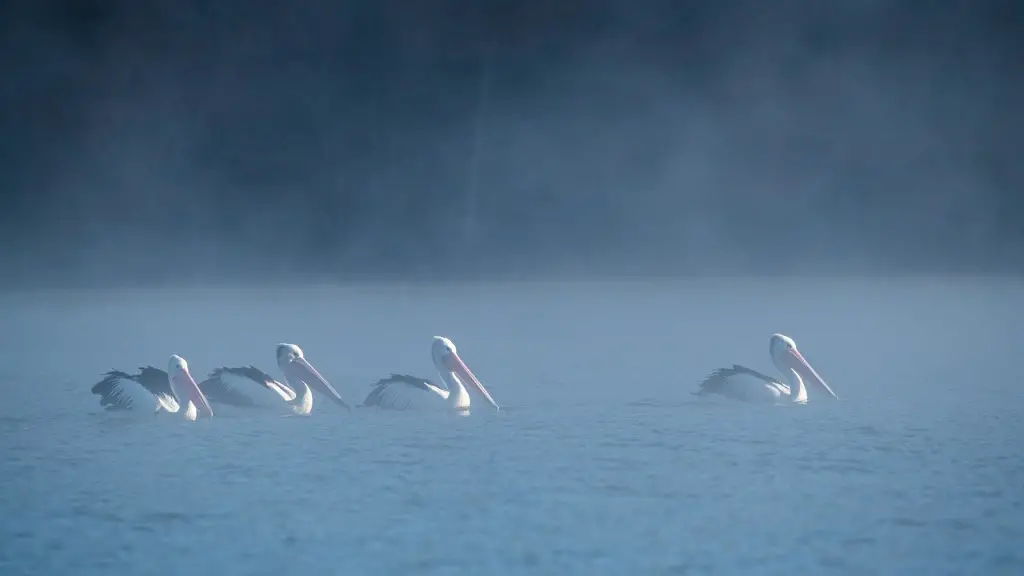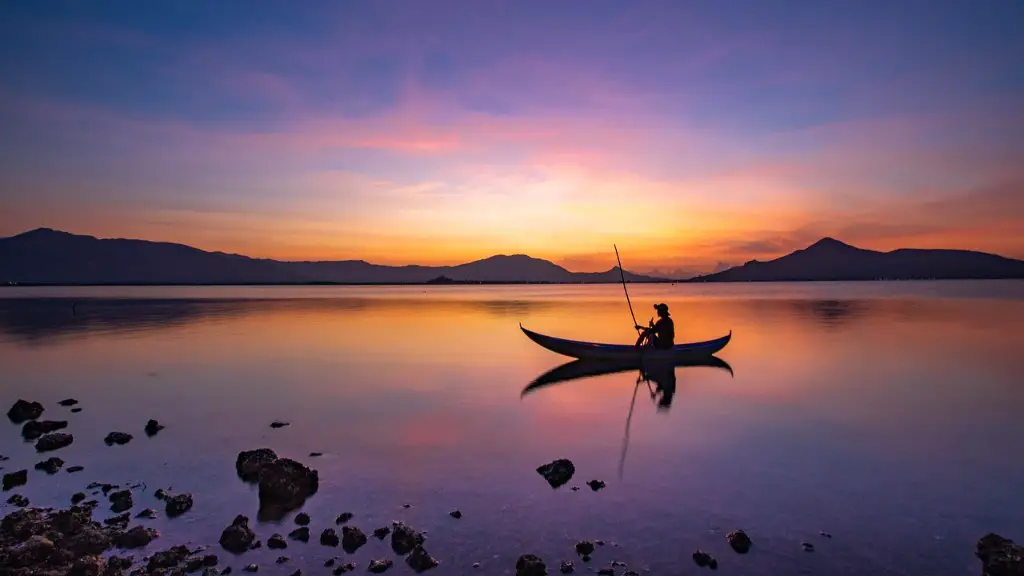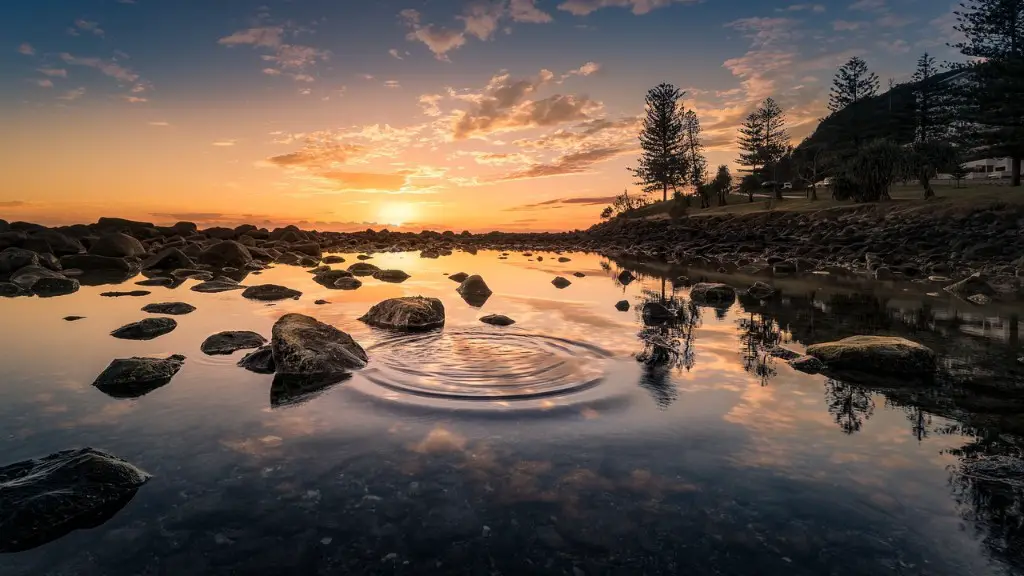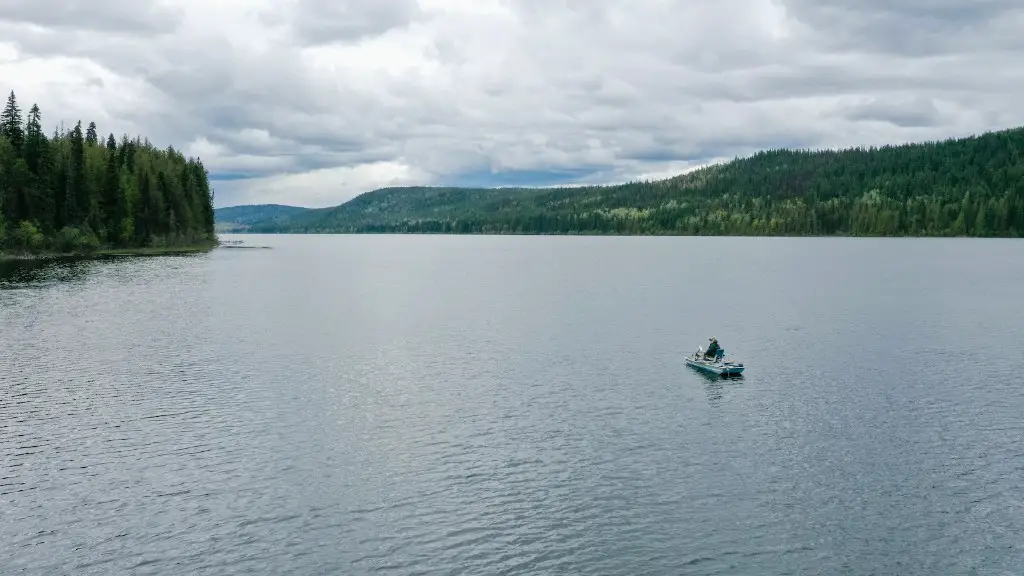Why is Lake Superior called Gitche Gumee? Lake Superior is the largest lake in the United States and Canada, and it is considered the world’s largest lake by surface area. However, its name has not always been the same. For centuries, the lake has gone by several different names. One of the oldest is Gitche Gumee, which is derived from the native Ojibwa language. Here, we explore the history behind the name Gitche Gumee, what it means, and why it is still used today.
Gitche Gumee’s Ancient Meaning The term “Gitche Gumee” literally translates to “big, great sea” in the Ojibwa language. It is speculated that the term dates back to before the 19th century, when indigenous groups began documenting the area. These groups, including the Anishinaabe and Cree, are attributed to the first use of the term Gitche Gumee and referred to it as a “supernatural place”. This sentiment of reverence was widely shared during that time period, as the area was held in high regard for its natural resources, native history, and spiritual energy.
Mining and Economic Transformation In addition to its revered natural beauty, Lake Superior also held valuable resources. These naturally-occurring materials, including copper, silver and iron, made the area a hub for mining activity. As a result, many mining companies moved into the area, leading to a wave of transformative economic and social change in the region. Unfortunately, this progress came at a cost to the environment and native people’s way of life. However, the term “Gitche Gumee” still proved to be a culturally resonant phrase, as it maintained its aboriginal roots, even as the lake’s history, character, and economic makeup began to change.
Gitche Gumee’s Popularity Peaks In the mid 19th century, Gitche Gumee experienced a surge in popularity as a result of Canadian-American poet and novelist Henry Wadsworth Longfellow’s popular work The Song of Hiawatha. Longfellow’s story, which is widely regarded as the first great Native American epic poem, featured Gitche Gumee as the backdrop for the character Hiawatha’s adventures. As a result, Gitche Gunee gained considerable fame and recognition throughout the US and Canada.
Ongoing Use of the Term Today, the term “Gitche Gumee” still remains a popular phrase today, particularly in the Great Lakes region. In addition to being featured in popular works of literature and art, “Gitche Gumee” remains a commonly used phrase throughout the area’s local culture, with many people still using it to refer to the lake. Additionally, Gitche Gumee has become an integral part of the region’s economic character. Many local businesses utilize the name or its initials in their branding, often incorporating it into their logos and other marketing materials.
Undesirable Side Effects
The increased dependence on the Gitche Gumee moniker hasn’t come without its drawbacks, however. While it has the power to bring immediate recognition to the Lake Superior area, the usage of “Gitche Gumee” has come under criticism. Many believe that it is a cheap way of marketing the area and that it minimizes an important aspect of the region’s culture and history. Others worry that it promotes cultural appropriation and reduces indigenous history to little more than a branding tactic.
Moreover, some people are concerned that the continued dependence on “Gitche Gumee” can lead to a distorted idea of the area’s history, equating its richness and complexity with Longfellow’s narrative. Unfortunately, this reinforces damaging stereotypes and further erases the region’s indigenous cultures.
Related Tourism
On the other hand, there is evidence to suggest that the wide recognition of Gitche Gumee has made a positive impact on the local area. Visiting the lake is still hugely popular and many people report feeling an emotional connection to the name Gitche Gumee. Many also attribute the area’s significance with its native history, appreciating it in spite of the ugly truth behind it.
Moreover, the wide recognition of Gitche Gumee also has tangible benefits for the region’s economy. It has created a great deal of tourism related to the area, which has earned the Great Lakes region billions of dollars in revenue. As a result, many of the area’s local businesses have been able to thrive and hire employees that provide services to the thousands of visitors each year.
Current Preservation Efforts
Despite the fact that the popularity of the Gitche Gumee moniker has been a double-edged sword, its effects have not been all negative. Many local organizations are now dedicated to preserving the region’s history, culture, and natural beauty. These organizations work with local schools, businesses, and nonprofits to raise awareness and celebrate the communities that have called this area home for centuries.
In recent years, many of these organizations have made significant strides in restoring and protecting this area. They have worked to preserve important natural sites, improve water quality, and increase access to the lake for recreational activities. These efforts have proven to be successful, as Lake Superior remains one of the most beautiful natural wonders in the world.
Modern Appreciation
Today, it’s safe to say that the term “Gitche Gumee” has proven itself to be an enduring symbol of the Lake Superior region for centuries. While it may have been a source of controversy in the past, it is now seen by many as a phrase that celebrates the history and culture of the area. For some, the term encapsulates the power and beauty of the region and is a source of joy and wonder, while for others it is a reminder of the injustices of the past.
Whether you view Gitche Gumee as a source of pride or a moral reminder, one thing is certain: it will remain a fixture of the Lake Superior region for years to come.



